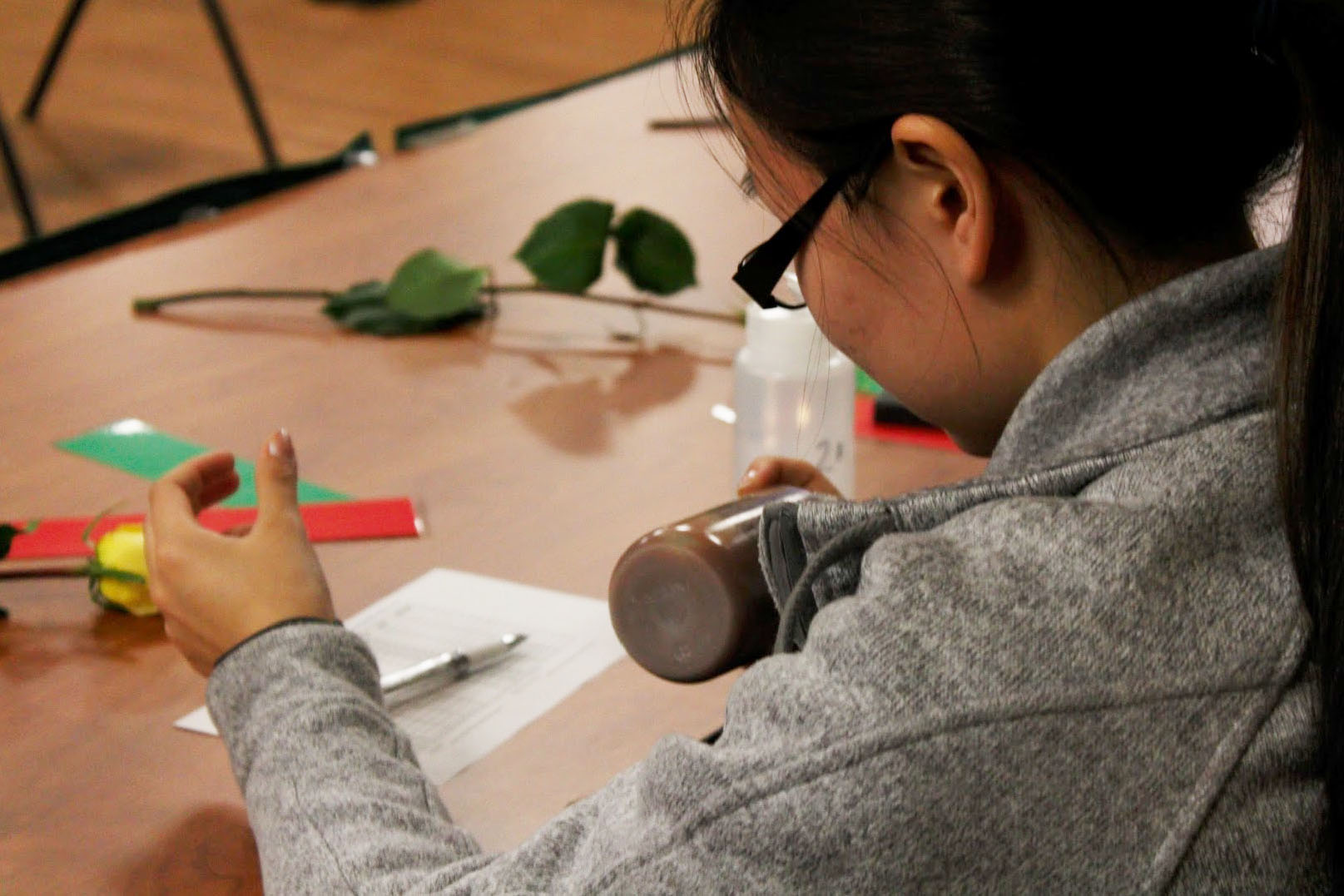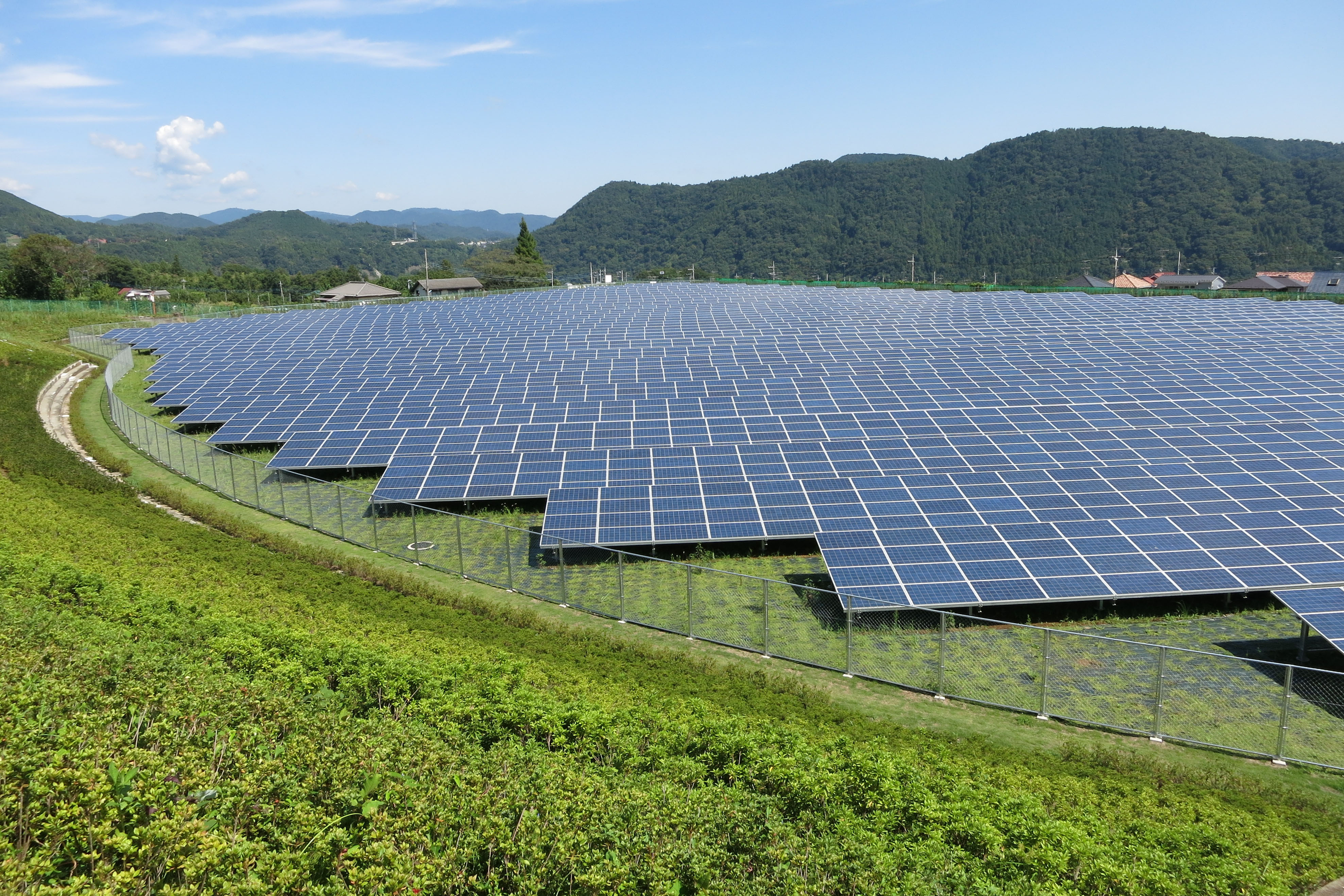Recent reporting about water quality on campus and concerning analyses finding lead in some water sources can be pinned down to an ongoing debate about the particulars: how much lead is too much?
At the heart of the debate are contentions between Portland State’s Environmental Health and Safety Office, and recent environmental science graduate, Emma Prichard. The EHS sticks by the Environmental Protection Agency standard of 15 parts per billion. Prichard, who currently works on pollution prevention for the City of Portland, argues against allowing any lead traces in water.
“It’s not a health-based standard,” Prichard said. “Seeing levels of lead even above five ppb is really concerning, because that means there’s lead in the building somewhere, and that means lead can spike.”
Prichard’s results stem from studies conducted as part of her thesis project for her environmental science degree. Prichard tested sinks and fountains in Cramer Hall and the Extended Studies Building for several metals, after hearing stories about foul-tasting water. Metals tested over two rounds of analysis included lead, copper, aluminum, arsenic, cadmium, chromium, zinc, nickel, iron and manganese.
“I tested for all these metals because plumbing deteriorates over time,” Prichard said. “Through all of history until now we’ve used lead plumbing for pipes.”
After turning up levels above the EPA’s action level of 15 parts per billion, Prichard reached out to the EHS about the issue. She claimed that an independent consultant found inconsistent results, with some individual samples ranging several times above the EPA standard.
Randol acknowledged Prichard’s claim that EHS found lead levels as high as 96 ppb in various water outputs. She also pointed out several of these results were pulled from sources that weren’t used for drinking, such as lab sinks.
“Some of these aren’t publicly accessible, they’re not in locations people will be drinking from,” Randol said.
Prichard said that EHS took steps to address the issues by shutting down taps and replaced fixtures in other locations.
“They did that, which was awesome, and exactly what they were supposed to do,” Prichard said.
The new fixtures continued to produce testing results over 15 ppb in the sociology office, prompting department officials to invest in water coolers. The sociology department said that lead was detected six months ago and that they installed the water cooler between November and December.
As noted in the Vanguard’s initial reporting, all sites currently in use as drinking locations test below the 15 ppb standard, with filtered sites testing as low as 2 ppb. But Prichard contends that there is no safe level of lead, arguing that recent science has refined our understanding of lead’s potential dangers at even low levels.
“Prior to the creation of the Safe Drinking Water Act and the Clean Water Act, we didn’t realize that lead was really harmful, and over the years we’ve learned that lead is more harmful,” Prichard said. “And now we realize that there really is no safe level of lead at all.”
The Center for Disease Control website says that no action is needed for a tap that tests below 15 ppb, but it also notes that risk varies based on the individual and other factors, such as amount of water consumed. The Center for Disease Control also states that there is no safe blood level of lead in children.
Prichard cited work by Virginia Tech civil engineering professor Marc Edwards, the driving force behind efforts to curtail lead problems in Flint, MI and Washington, D.C. Edwards has publicly questioned the current EPA standards of 15 ppm in drinking water.
To reduce taps to the lowest achievable level, Prichard recommended installation of filtration systems wherever lead is found. She also called for the hiring of a consultant specifically dedicated to water safety to ensure robust testing based on the age of buildings.
Congress enacted the Safe Drinking Water Act in 1986, which prohibited the use of lead in plumbing fixtures. Prichard seeks to institute a plan at PSU that would facilitate regular monitoring of drinking water sources in all campus buildings built before that date.
“That’s an innovative policy,” Prichard said. “No one in the world does that.”
As for newer buildings, both Prichard and university officials said that the lack of lead in fixtures nullified any need for testing. Vice President of Administration and Finance Kevin Reynolds also asserted that the university currently conducts tests, but that the administration is willing to keep its ears open to ideas for improvement.
“From our perspective, we will test the water routinely in the older buildings,” Reynolds said. “There’s no need to check it in the newer buildings. We’re interested in any dialogue that makes sense to the people involved.”
Prichard expressed skepticism toward administration claims about being open to discussion in a subsequent email. She claimed that Reynolds and Randol have been keeping relevant information from her, working directly instead with the Portland Water Bureau and the Oregon Health Authority.
“If they want to move forward, they should be sharing everything they have been doing with me, in addition to the university,” she said in an email. “I am severely disappointed with the increasing lack of communication between university officials and myself.”
Prichard, who started the Take Back the Tap campaign while studying at PSU, argued against policies utilizing water coolers as a solution, citing cost and environmental impact. She pointed out that departments currently spend roughly $30,000 per year on water coolers, and claimed that filtration could be implemented for half that cost.
“I was wondering why the heck are we spending so much money on water coolers,” Prichard said during the Feb. 17 Associated Students of PSU meeting. “I’m not paying tuition to have my money go to bottled water that’s privatizing public water sources. In Portland, these water coolers that they’re purchasing are over 300 times the price of tap water for a five gallon cooler.”
A 2012 report released by the PSU Campus Sustainability Office estimated that departments spend over $40,000 on water products. Sierra Springs, one of PSU’s primary distributors of water coolers, currently charges $7.49 for a five-gallon rental, or roughly $1.49 per gallon, compared to current estimates by the Portland Water Bureau of 1.9 gallons per penny at the tap.
Reynolds acknowledged that Prichard’s goals were in line with PSU’s sustainability mission, and pointed to the university’s previous sustainability successes, including the hydration stations.
“The idea is that we use the water Portland provides for us to drink from,” Reynolds said. “She talks about the privatization of water. Many years ago you would see these disposable plastic bottles everywhere.”
During the senate meeting, Prichard recommended that ASPSU access Student Fee Committee infrastructure grant to pay $3448 for replacement hydration station filters for the next five years, as well as $8560 for environmental education and location monitoring for 20 years. She said that the university could hire her or another consultant to conduct tests.
Prichard said that she submitted a Student Building Fee application with Take Back the Tap. Building fees are determined by the SFC and can be applied to a range of infrastructure projects.
“The response from ASPSU was positive and I got words of encouragement from several senators directly,” Prichard said later in an email. “I believe that there is no reason for these fees not to be used for this. We used over $12,000 of [Student Building Fees] last year to buy hydration stations and water bottle fill necks.”
Vice President of Administration and Finance Kevin Reynolds argued against hasty action, but encouraged ongoing conversation to address any issues. He also contested any action that would utilize student incidental fees.
“It’s the responsibility of the university to check [water sources and filters],” Reynolds said. “We shouldn’t be putting that responsibility on the Student Fee Committee.”
Reynolds said that it was unrealistic to put filters on every tap in the university, but expressed appreciation for the importance of water quality at PSU. He pointed to experts on campus in environmental science and other interested parties such as resources to continue the discussion. But he cautioned that it would take time to piece together how exactly to proceed.
“Our water quality in every aspect is a university issue,” Reynolds said. “We are responding, we are looking, we will put filters in if the data determines that’s necessary. What format that takes, it’s not immediately clear to me. But we’re happy to have a dialogue.”





